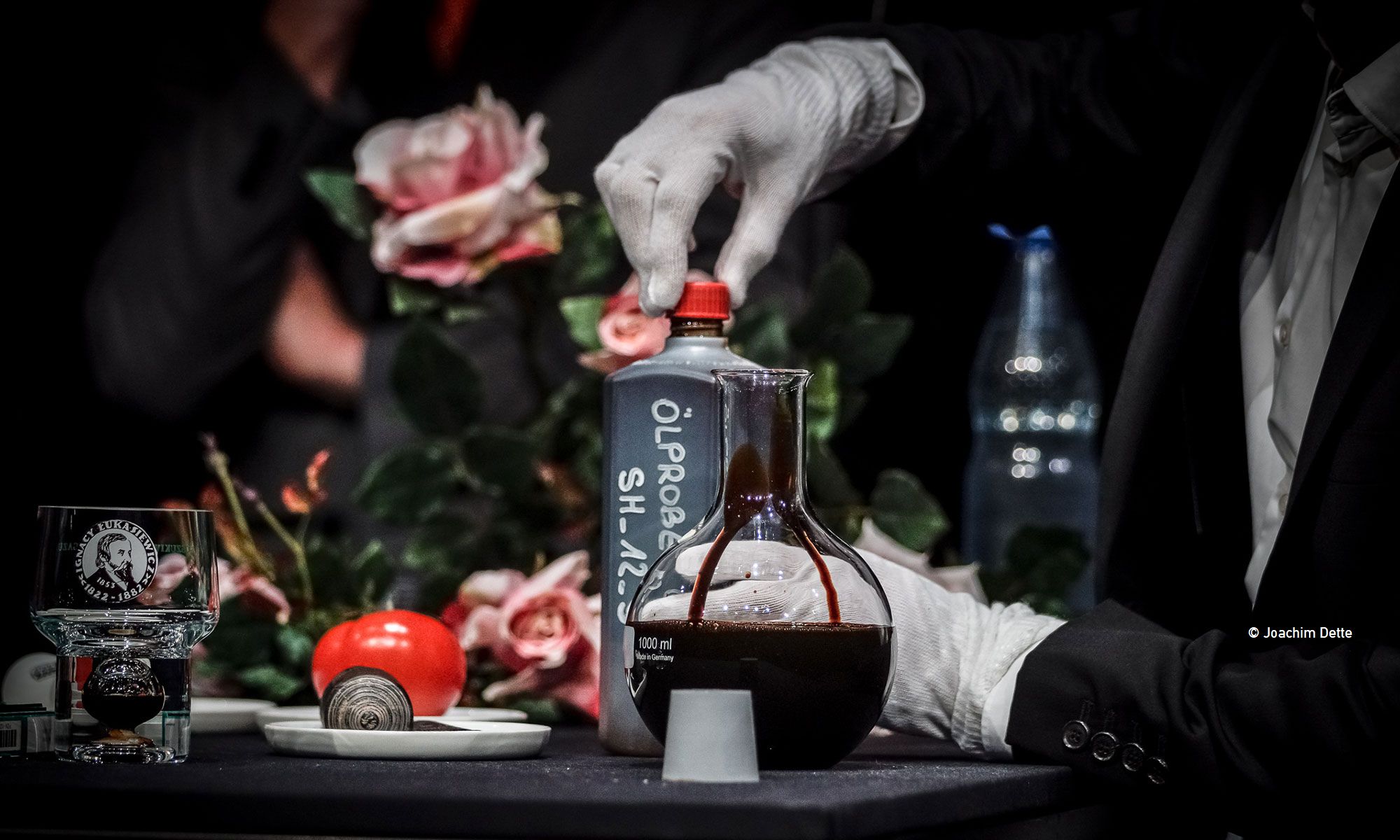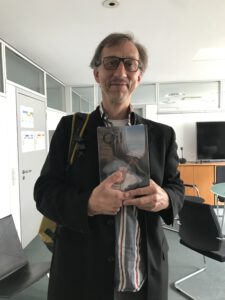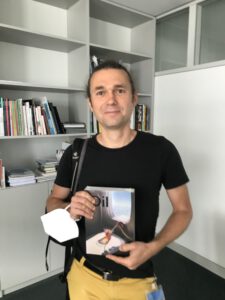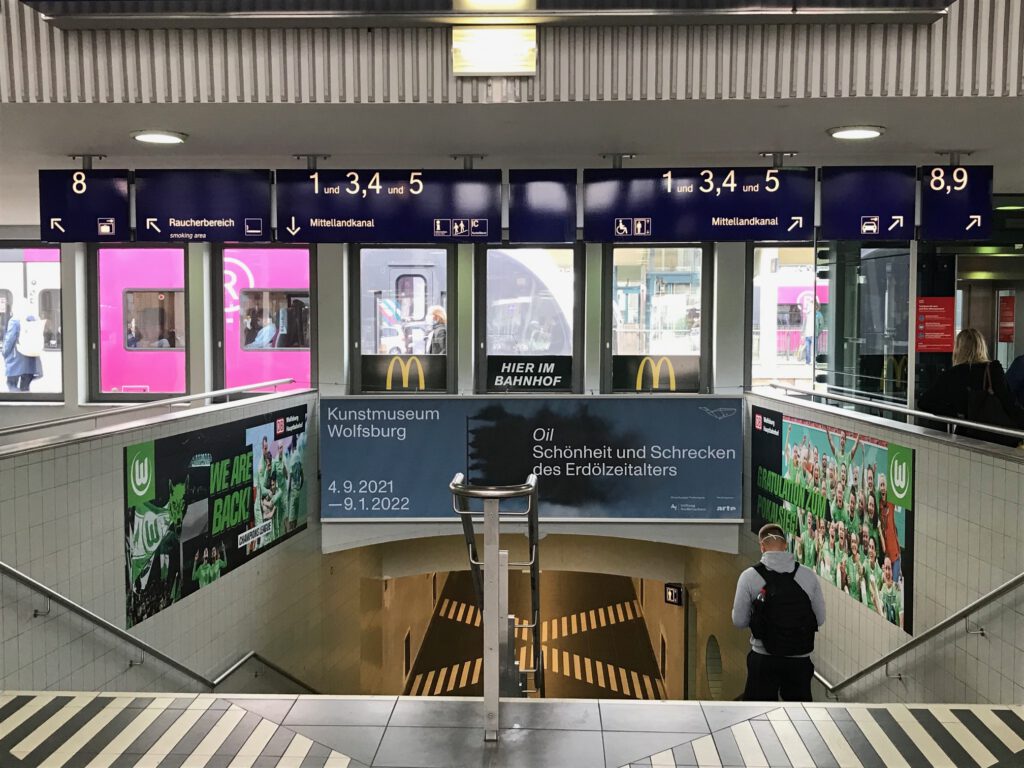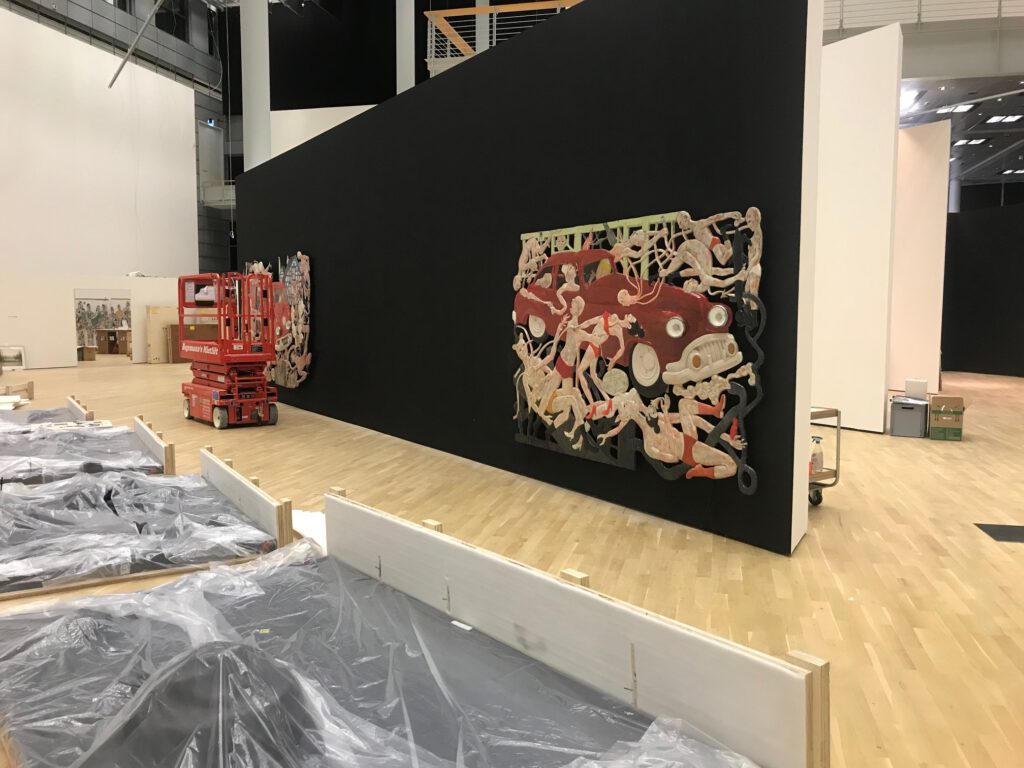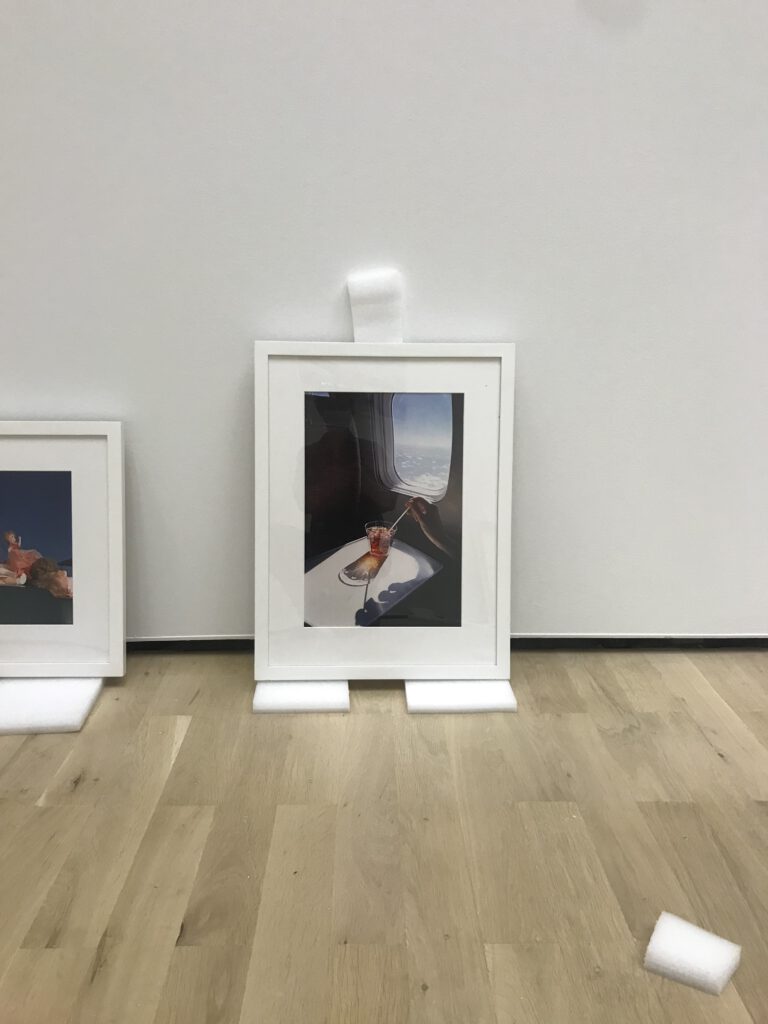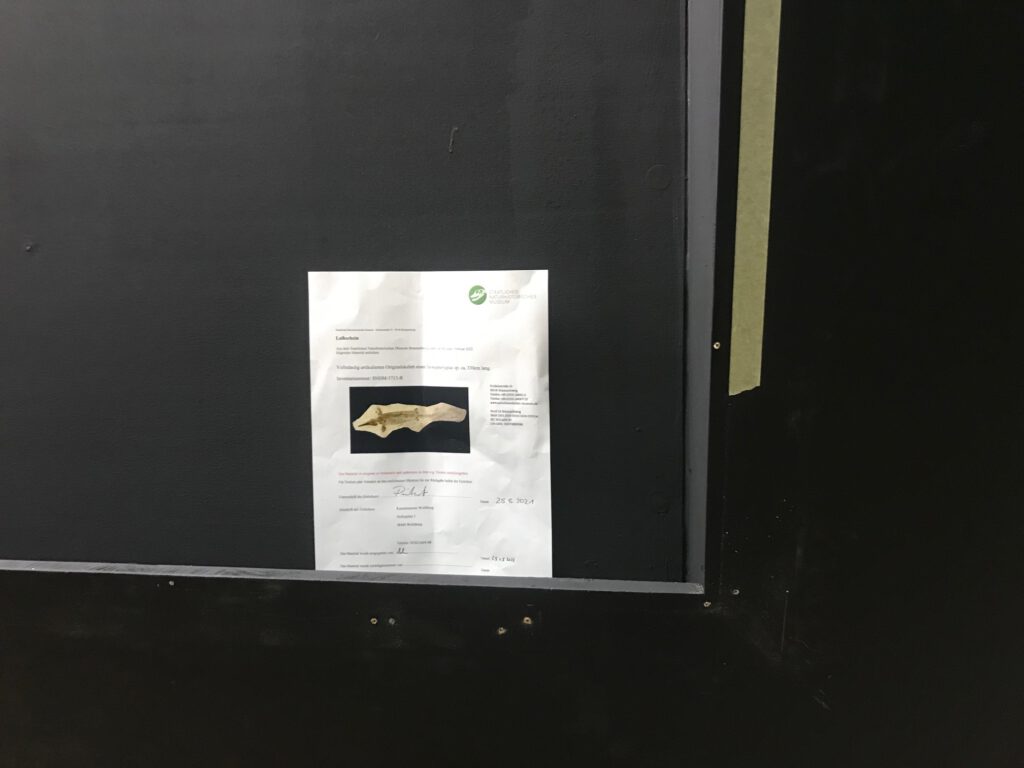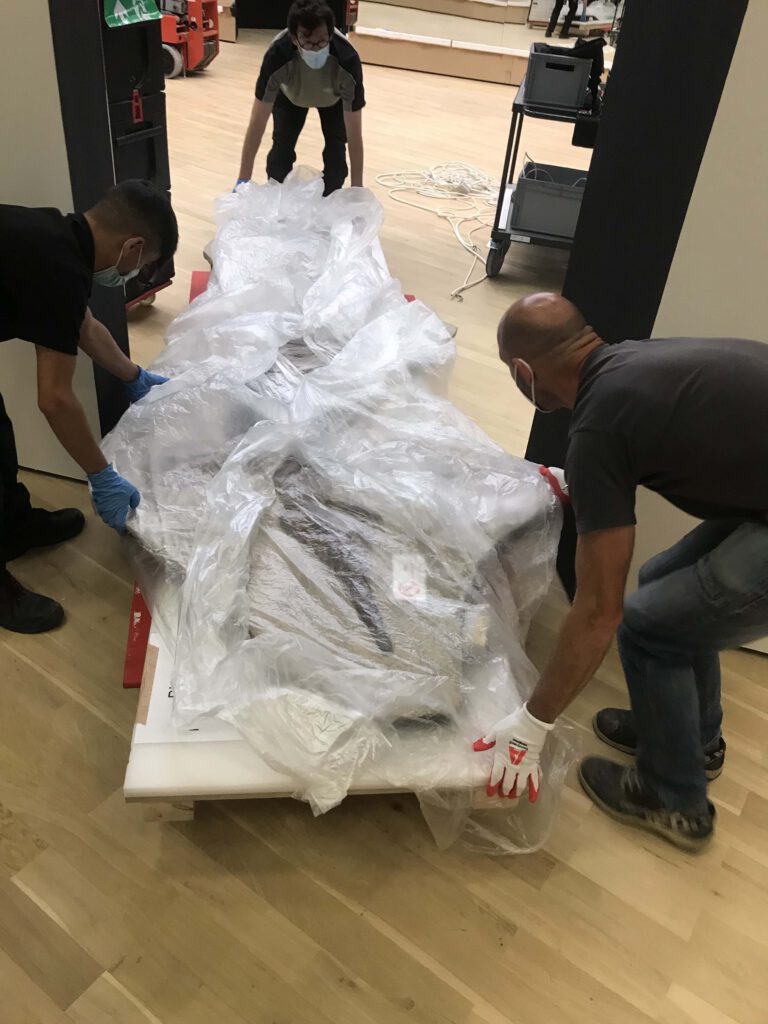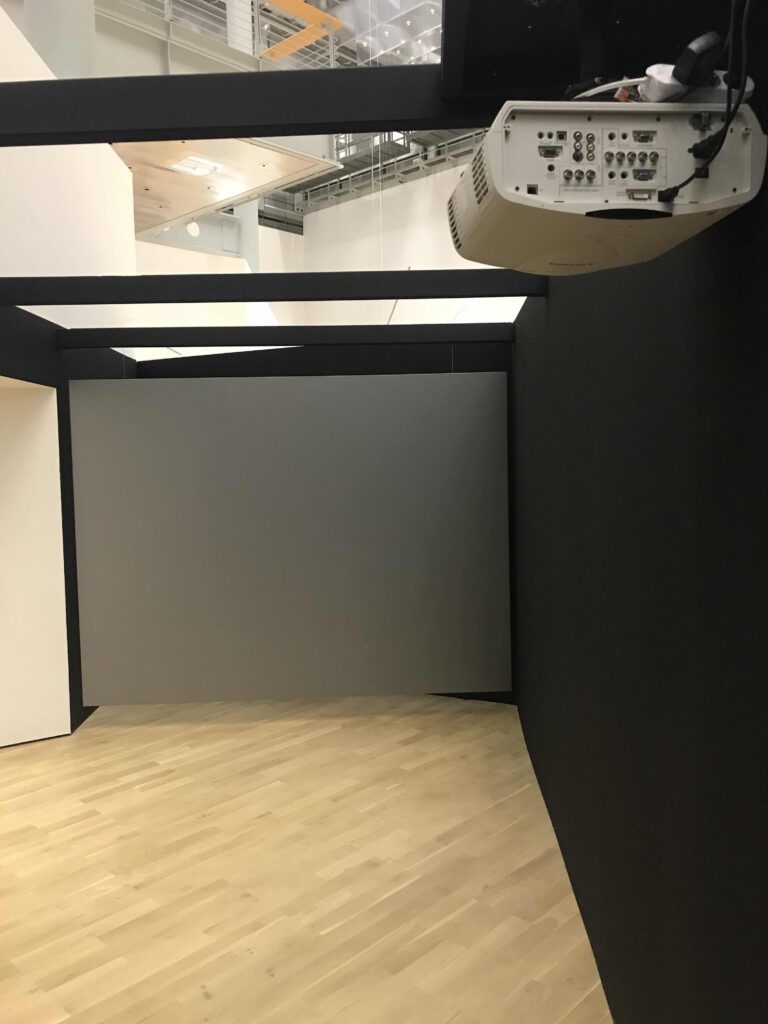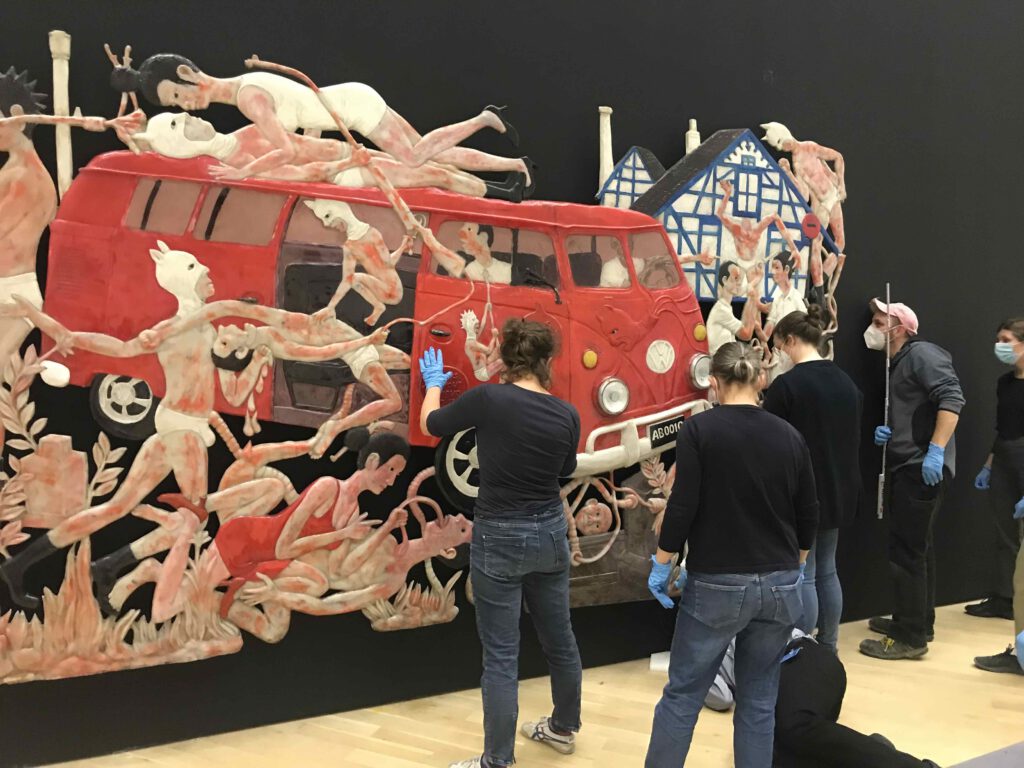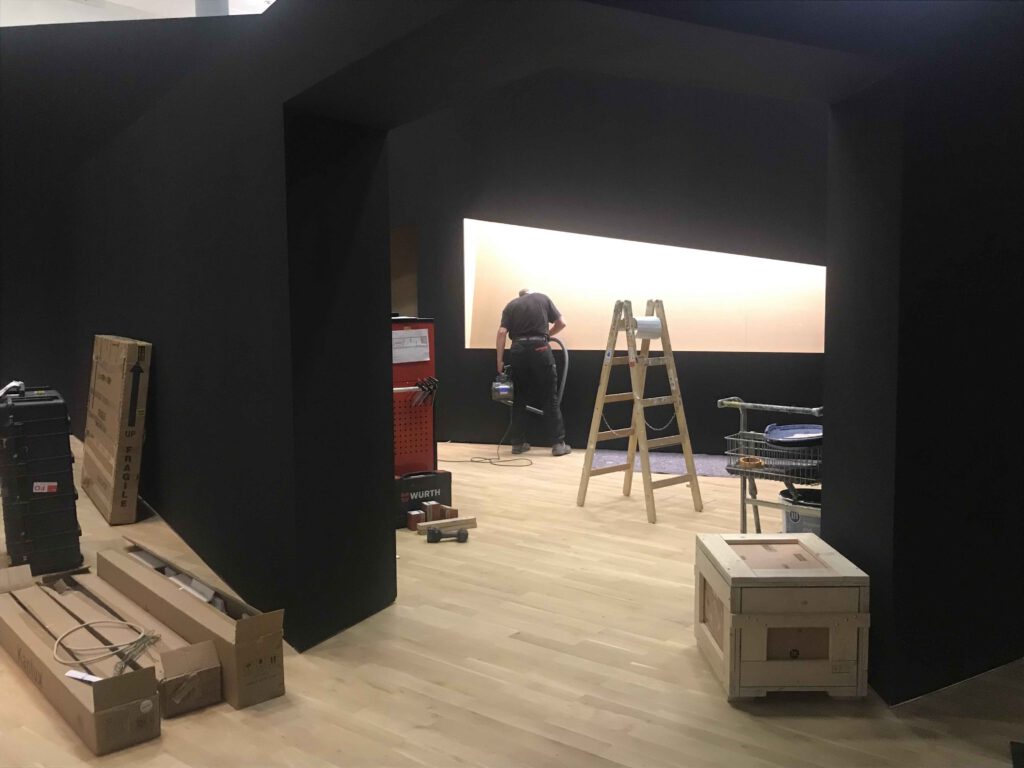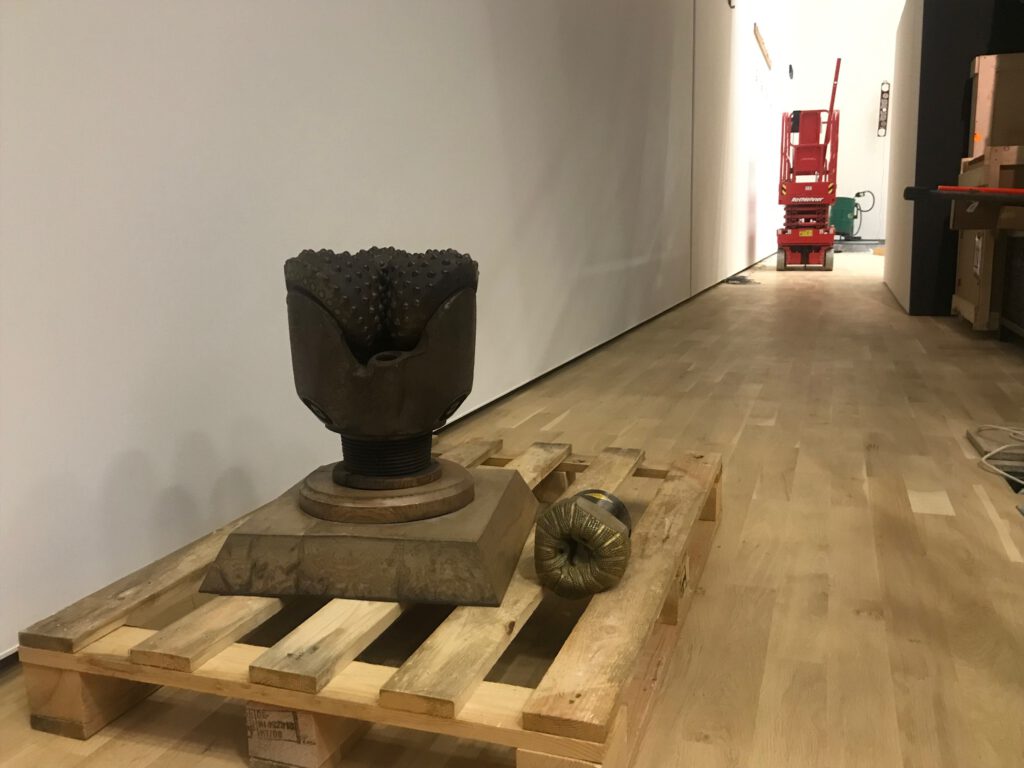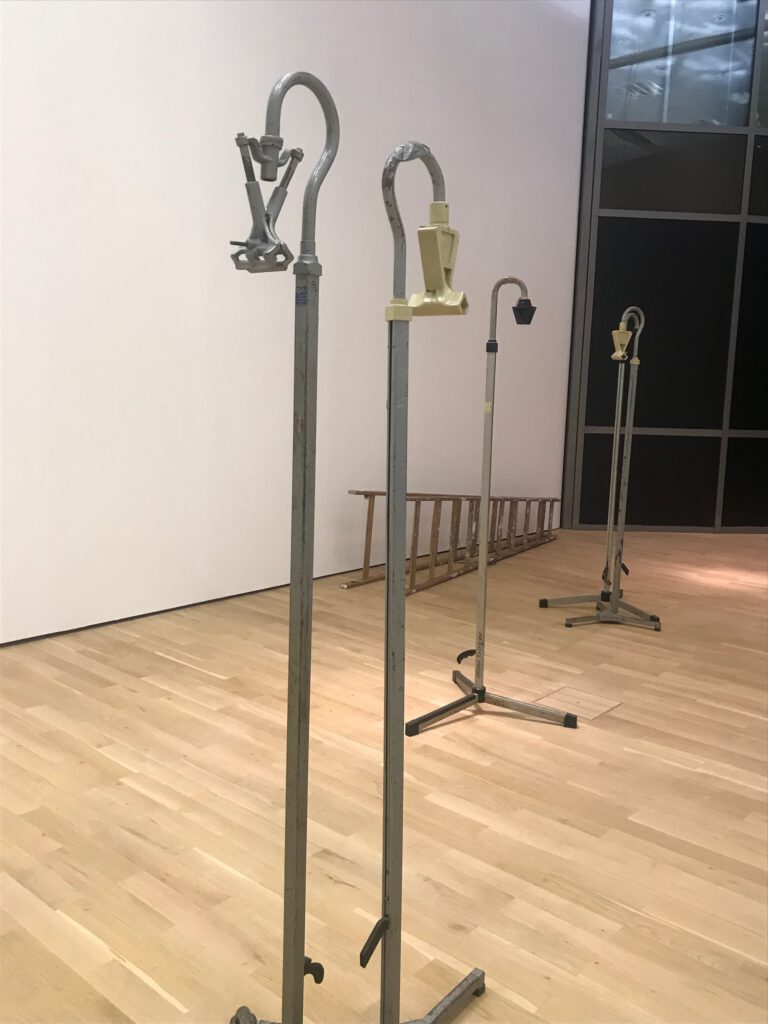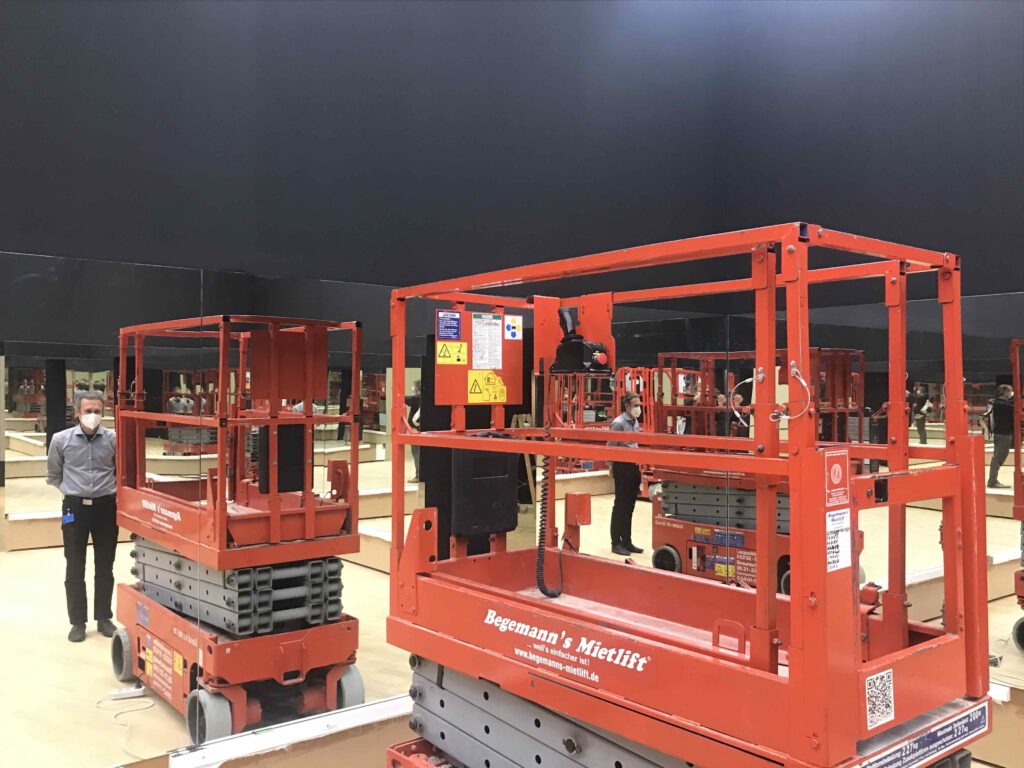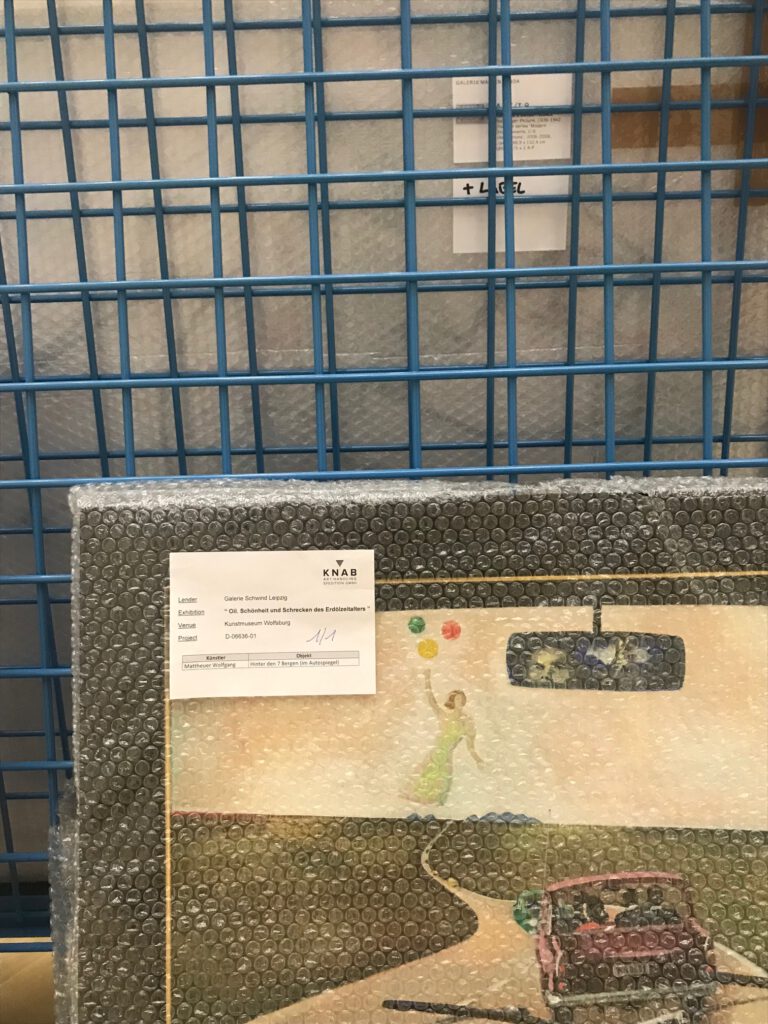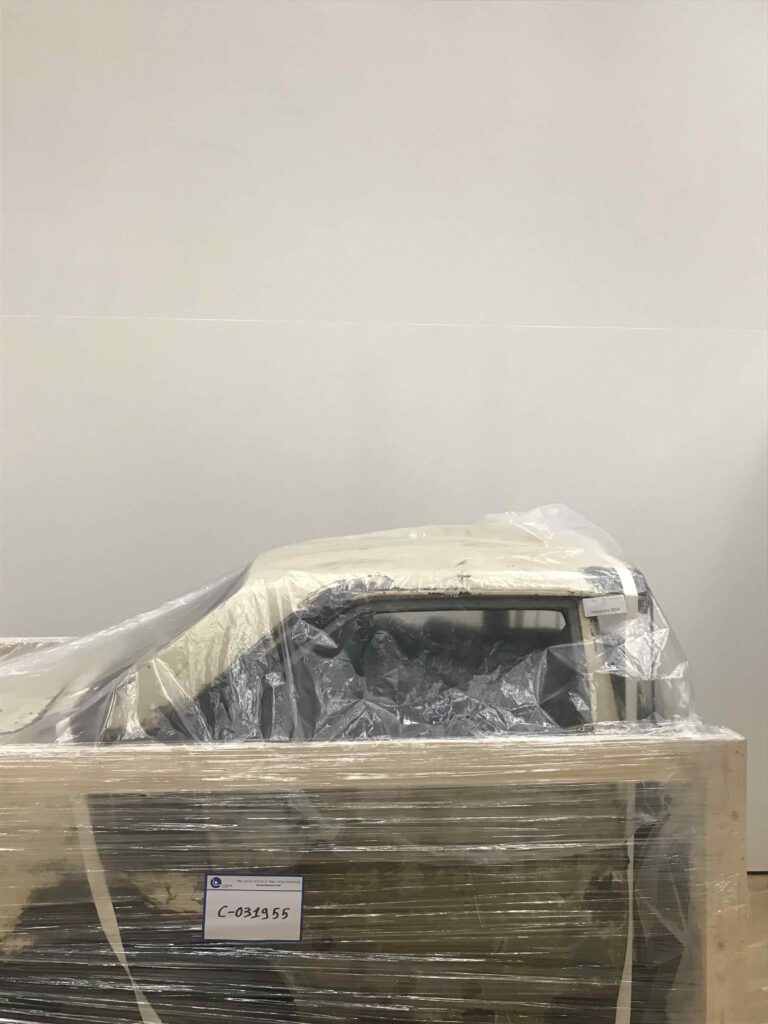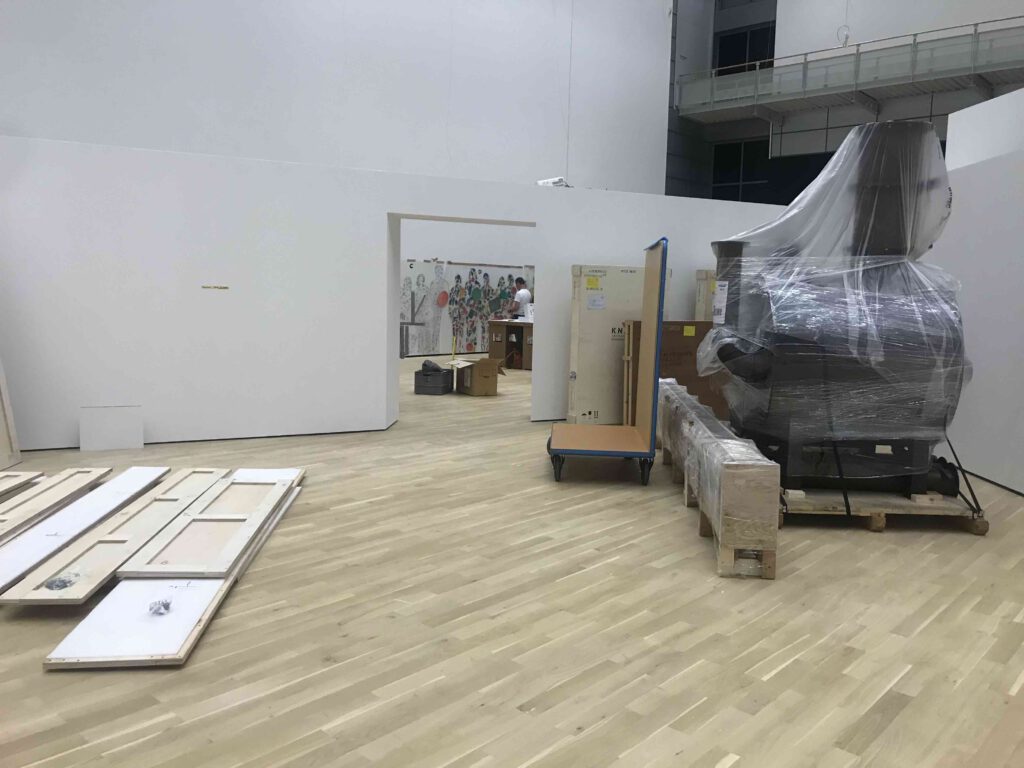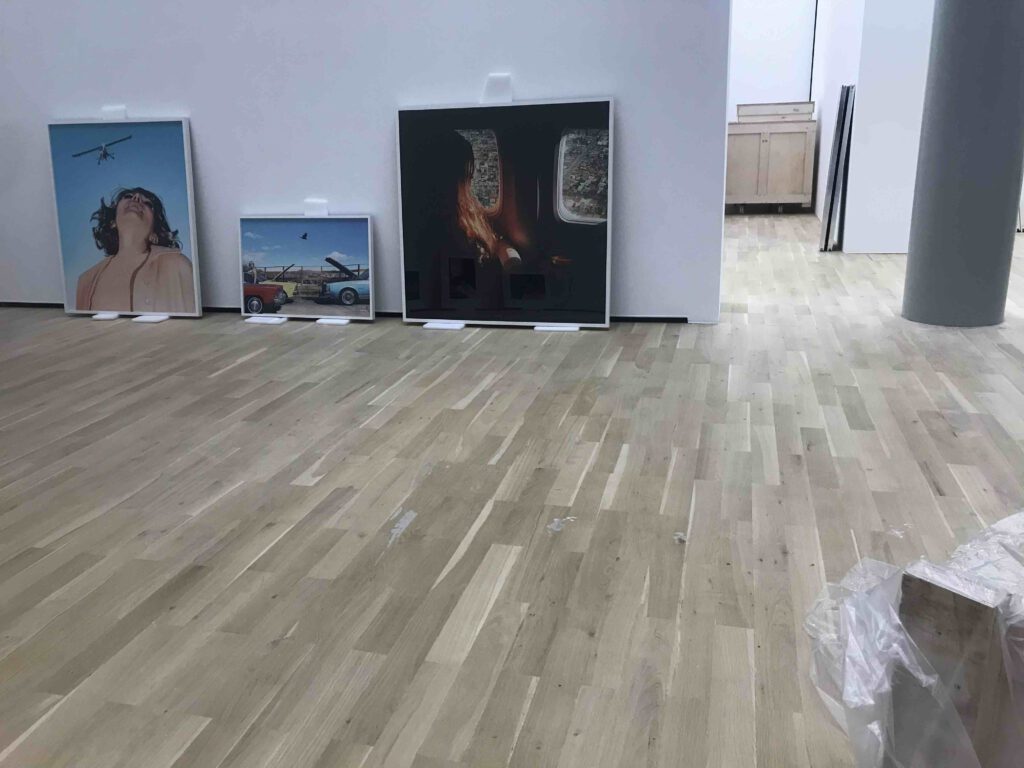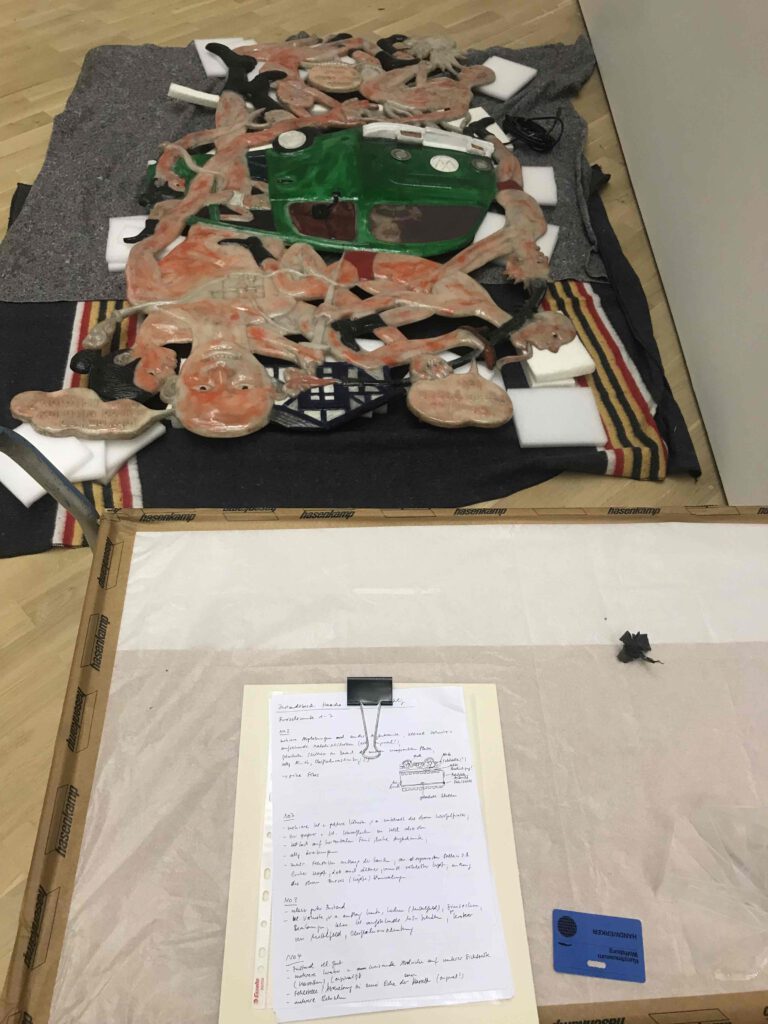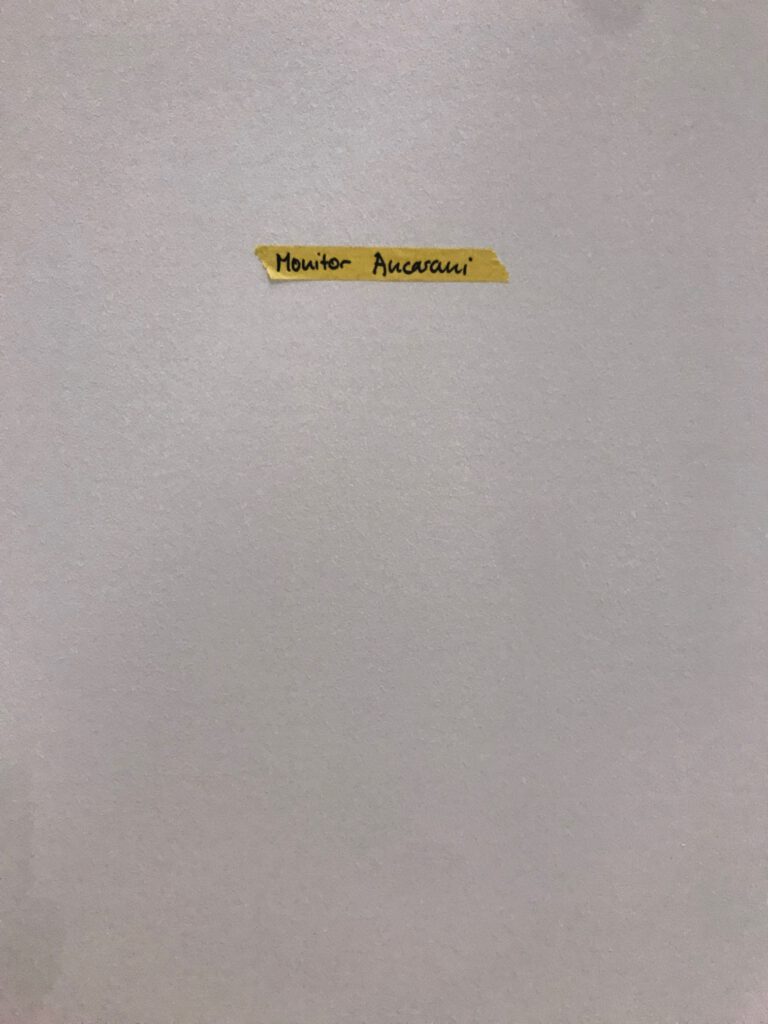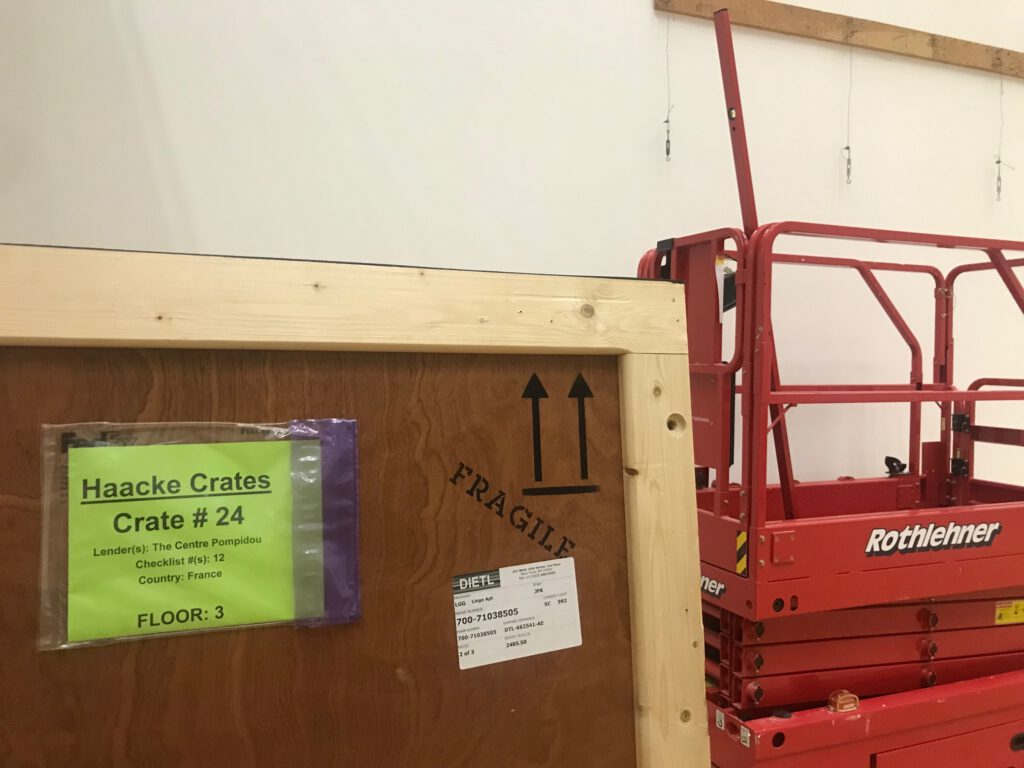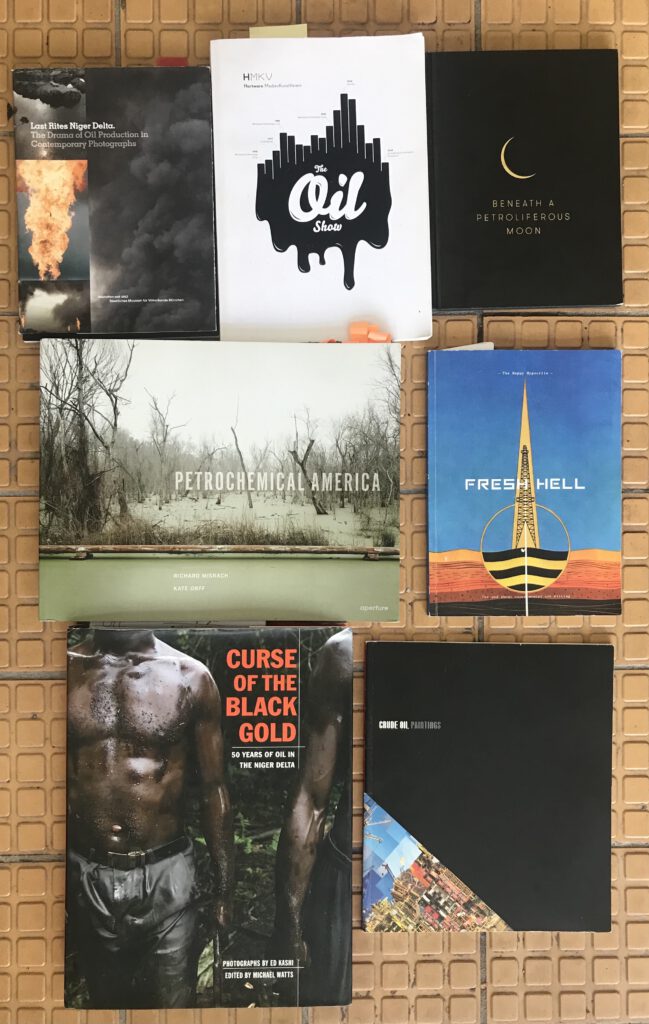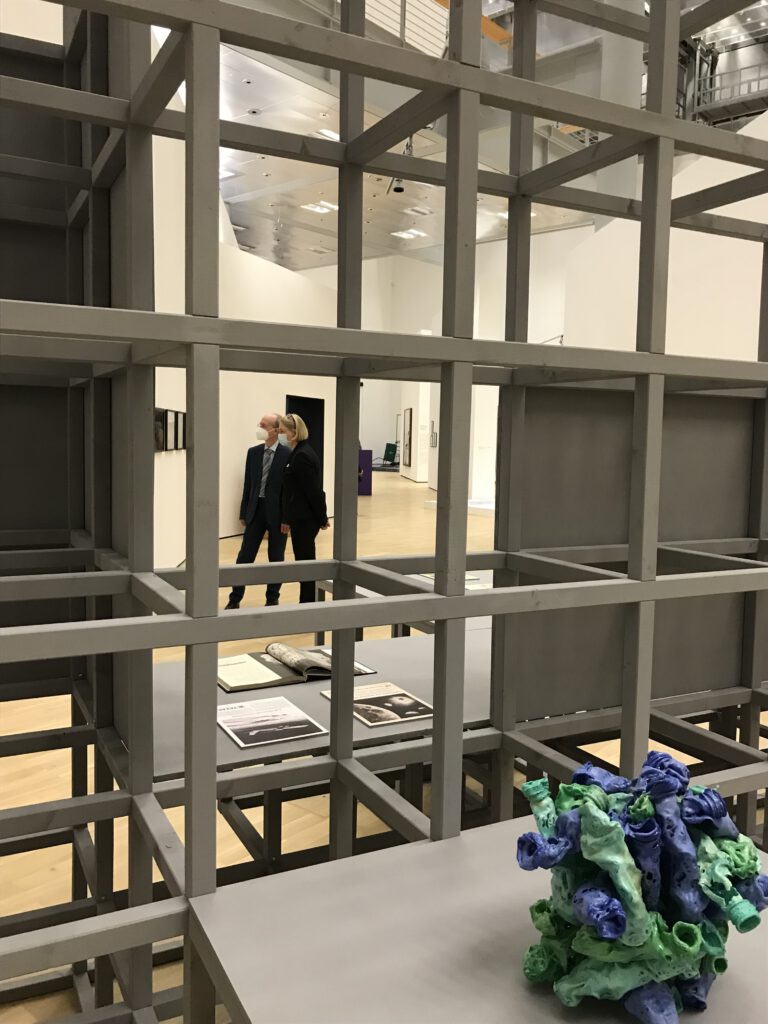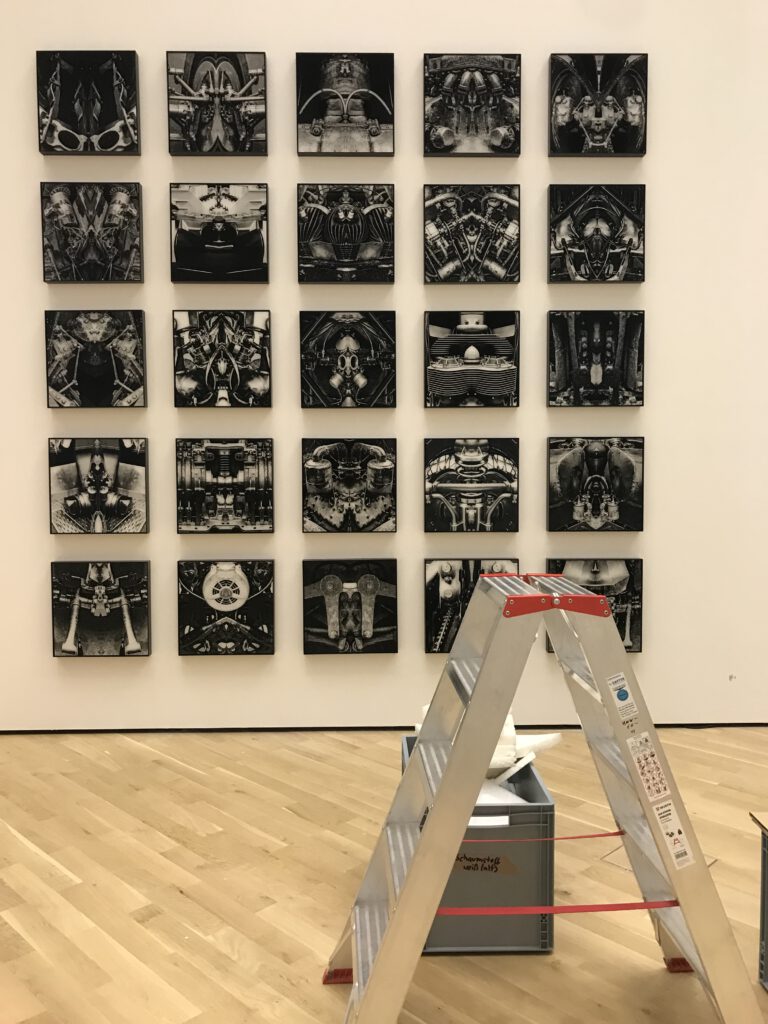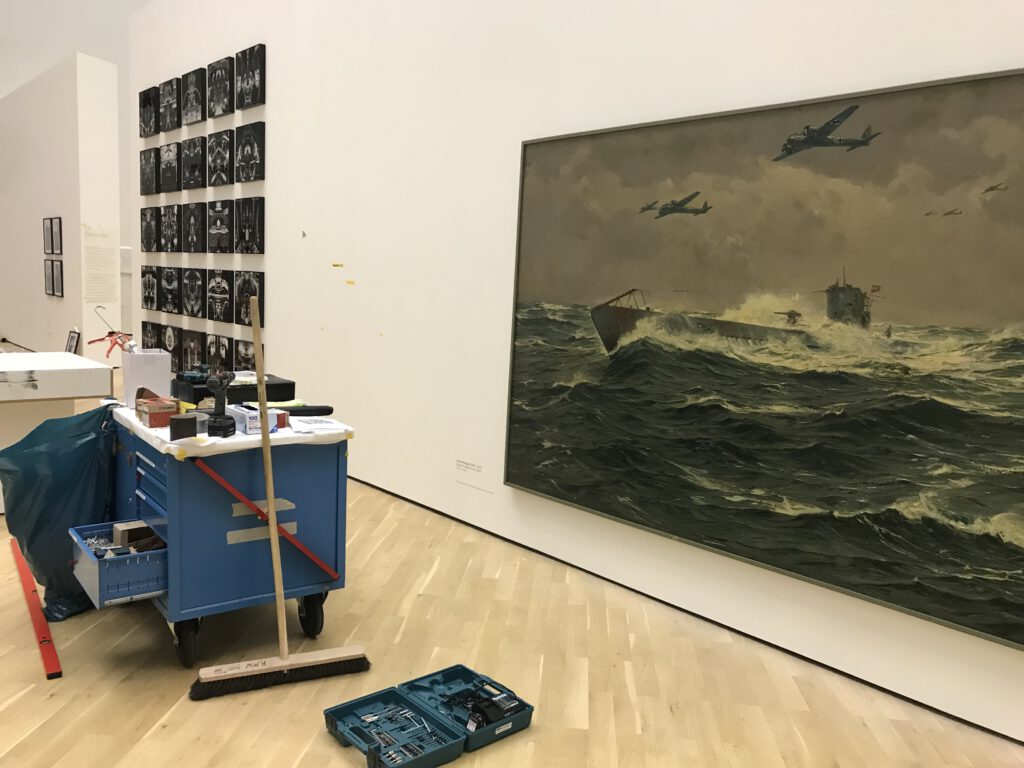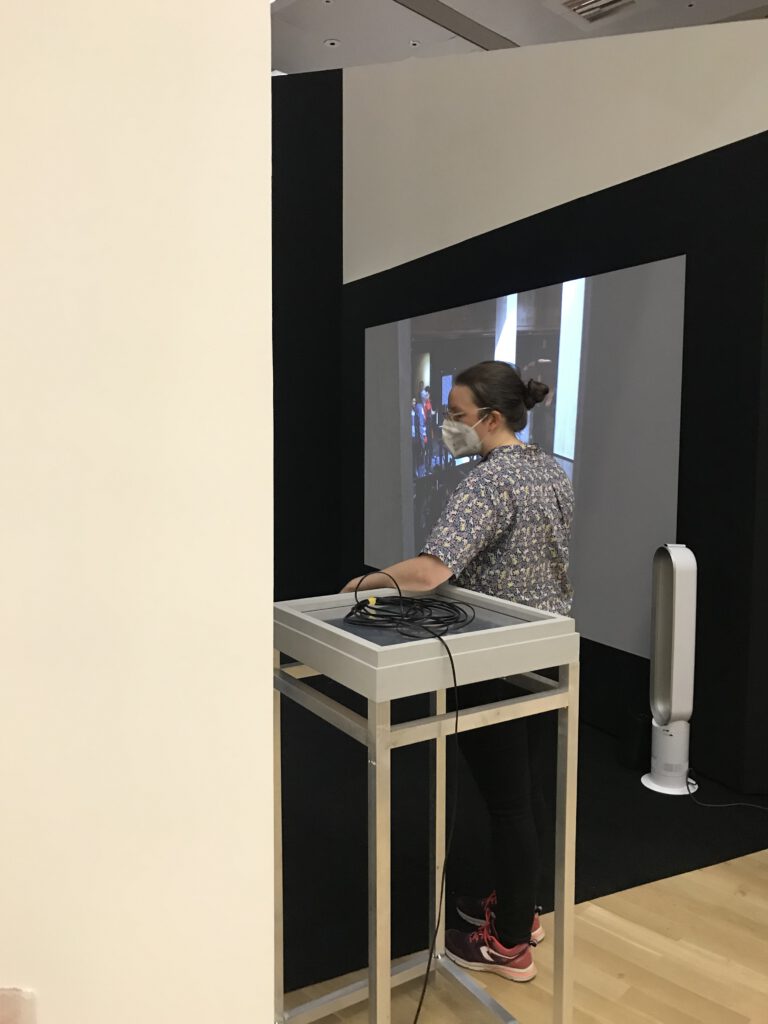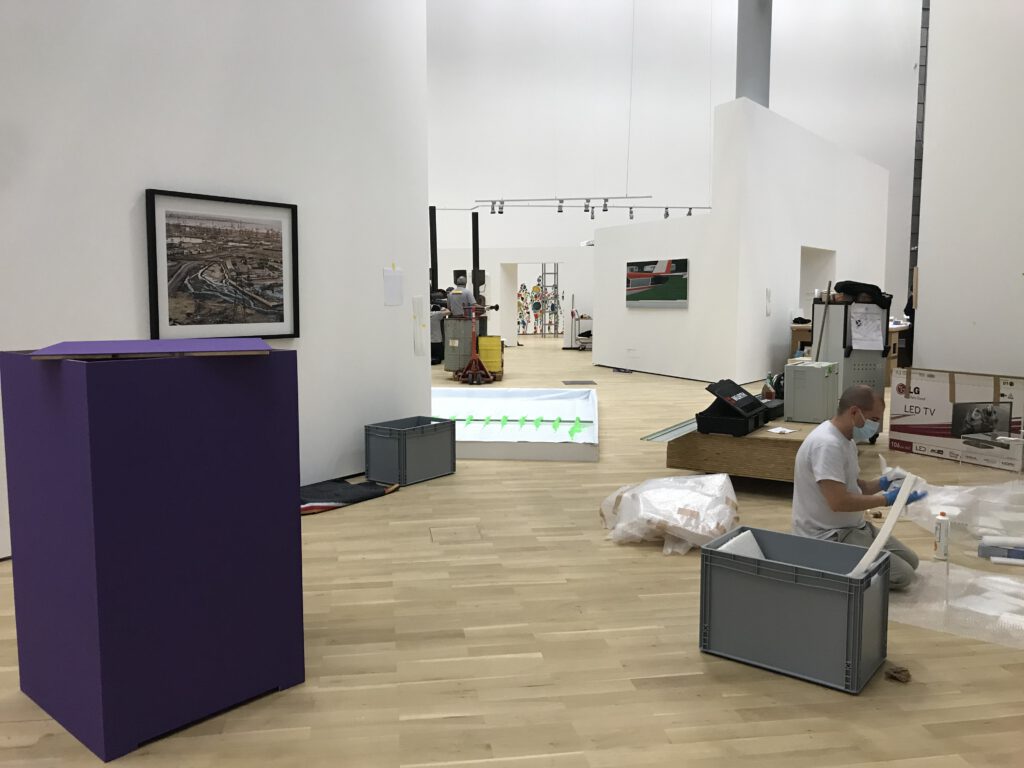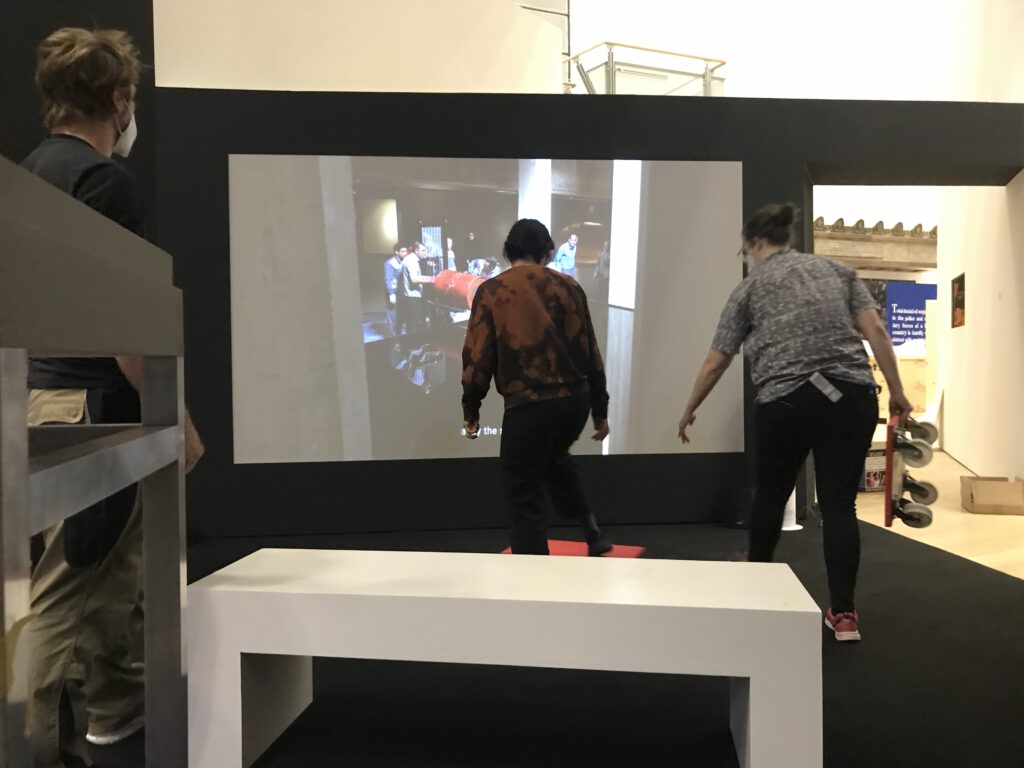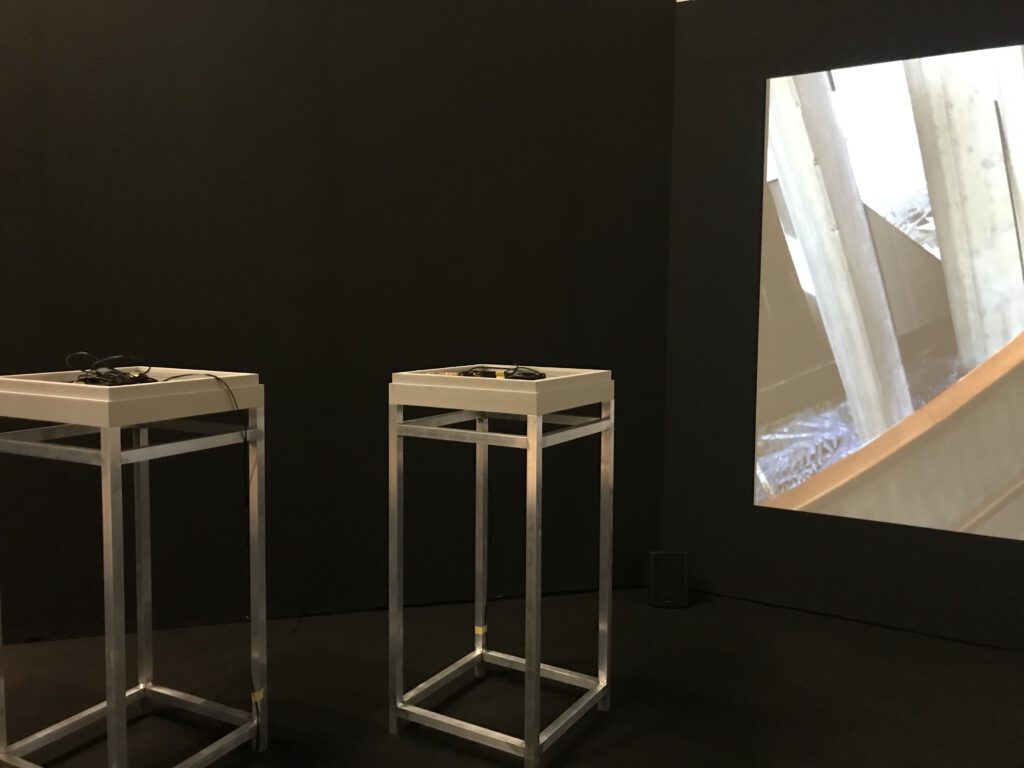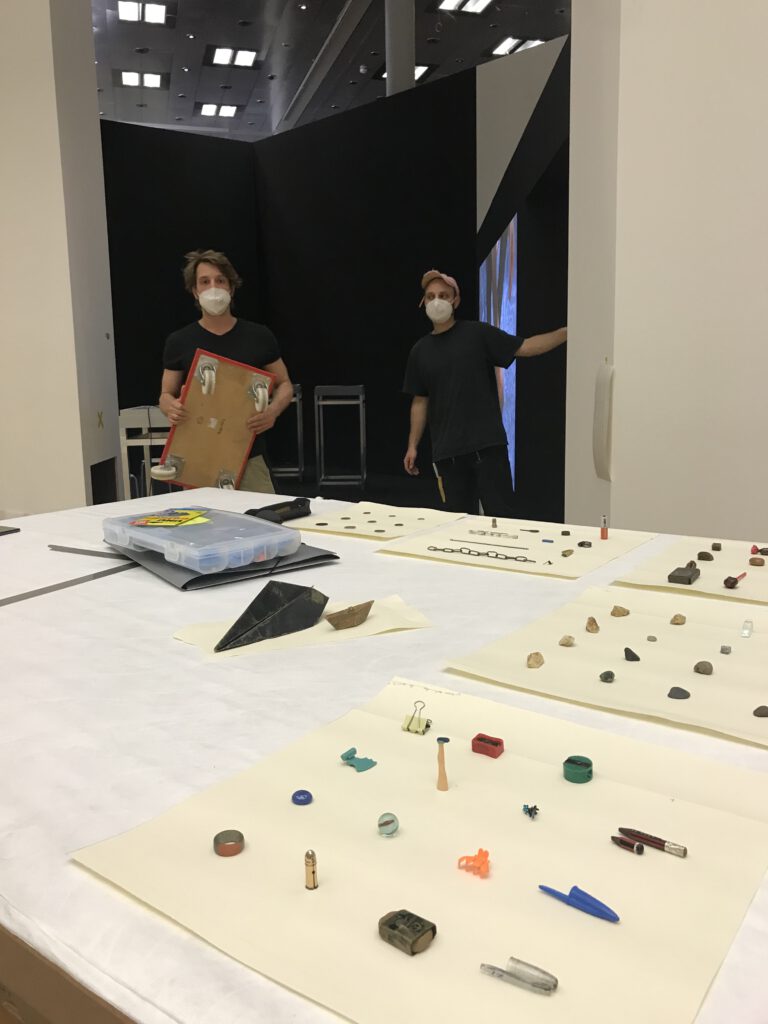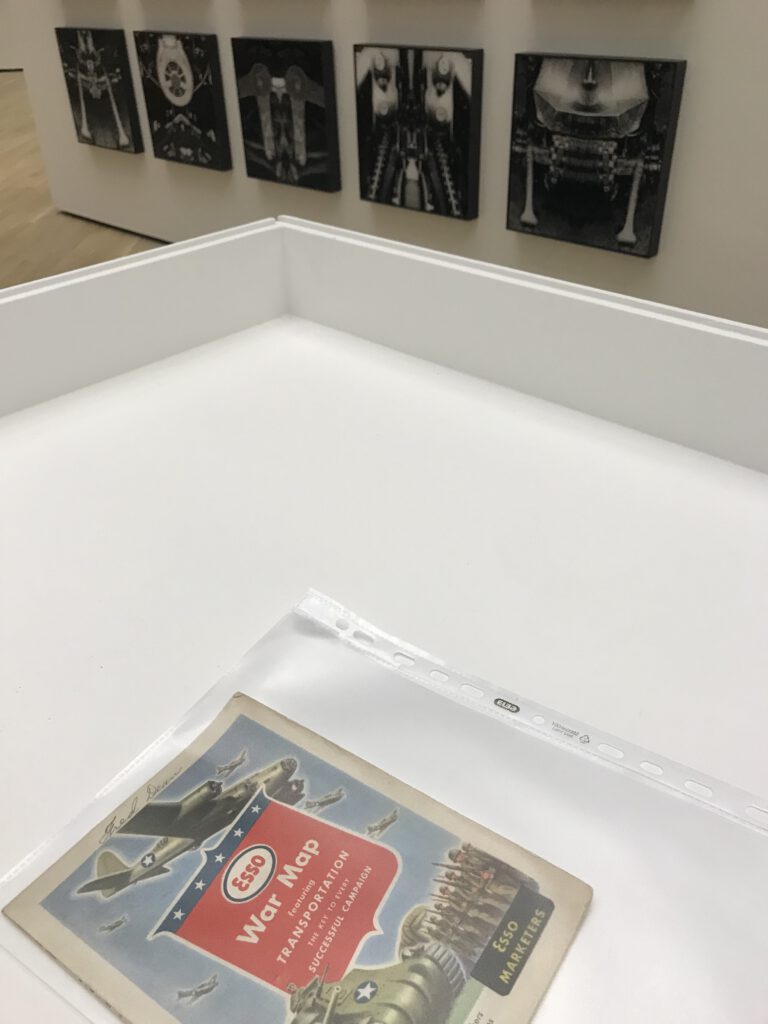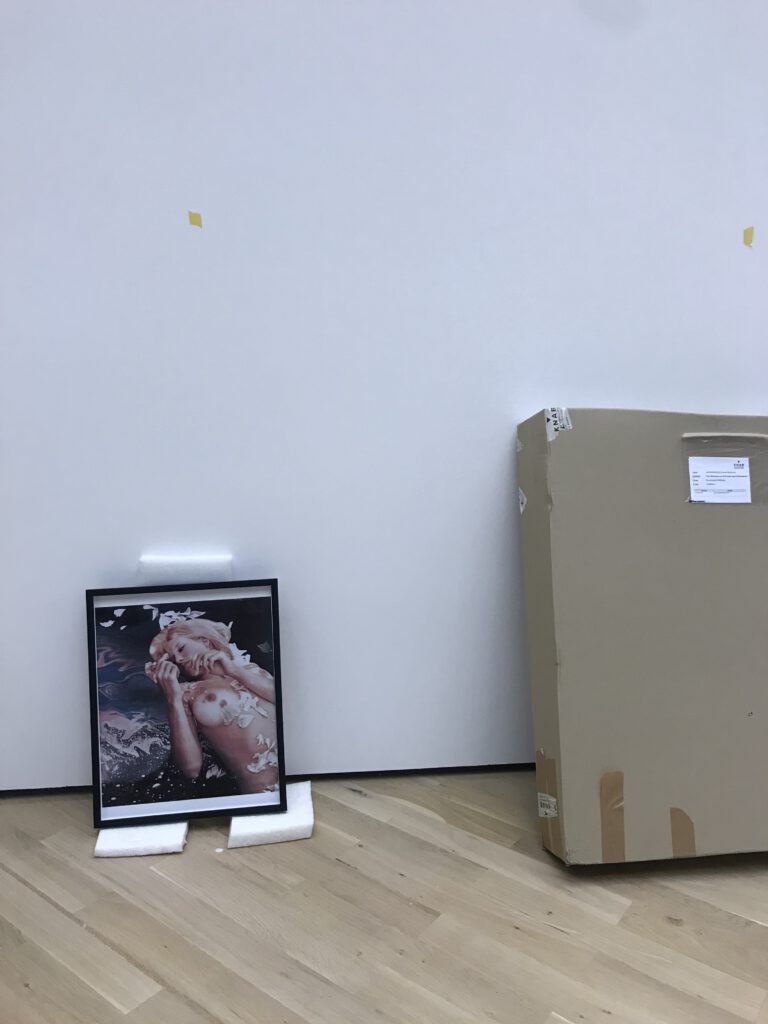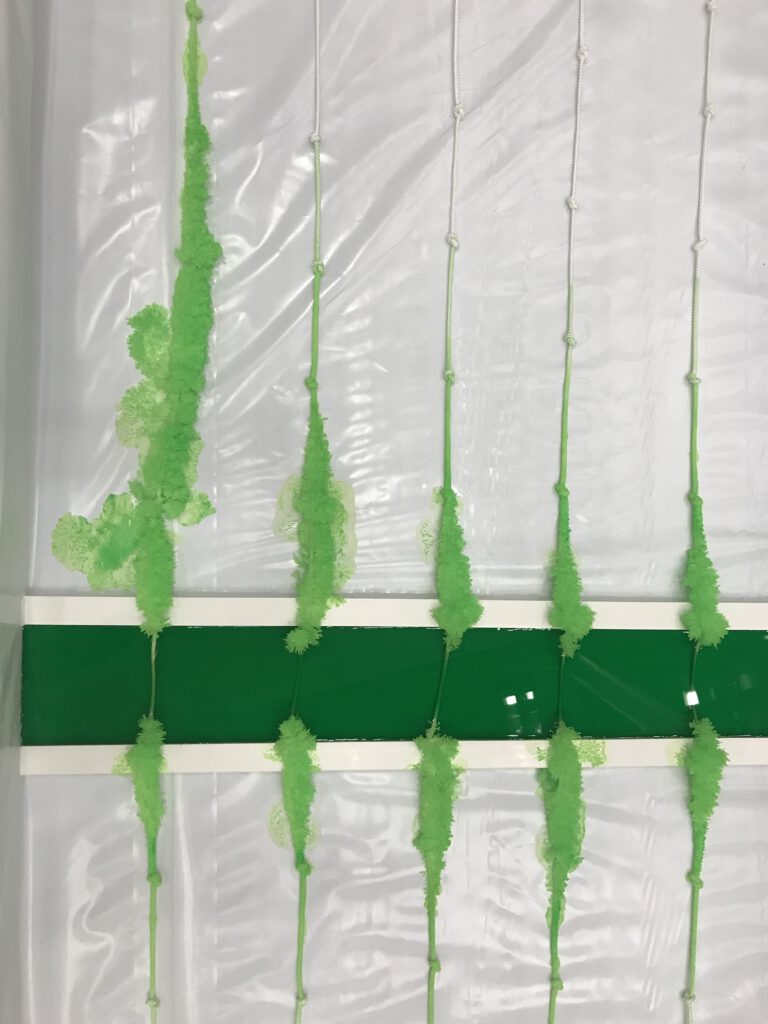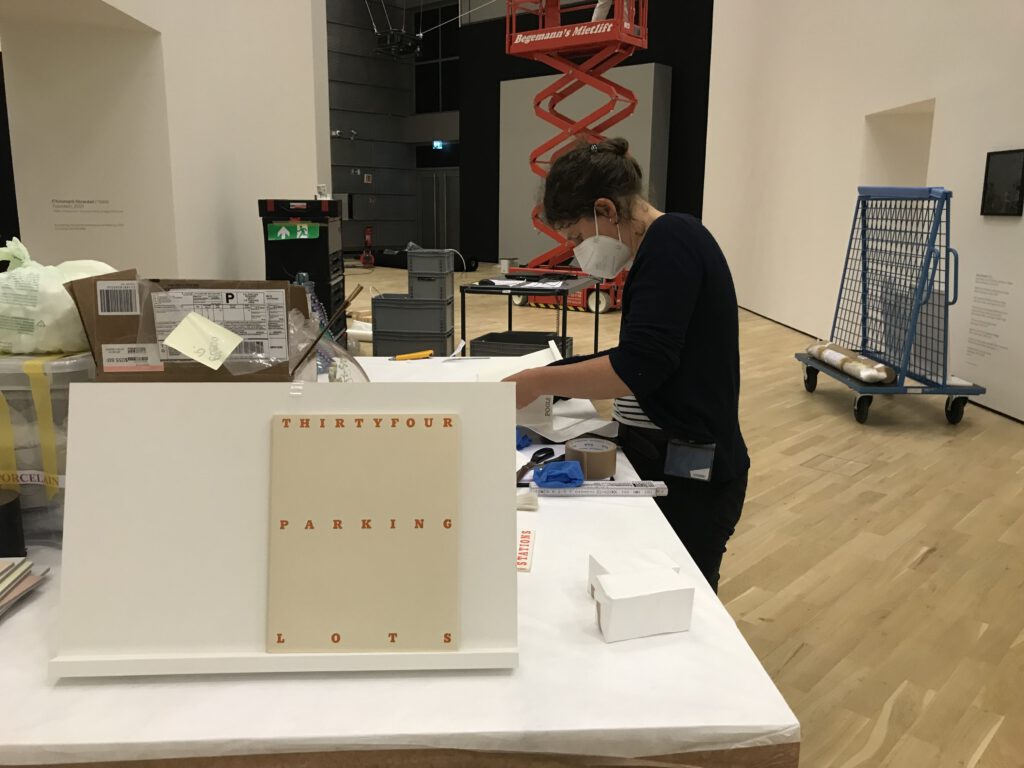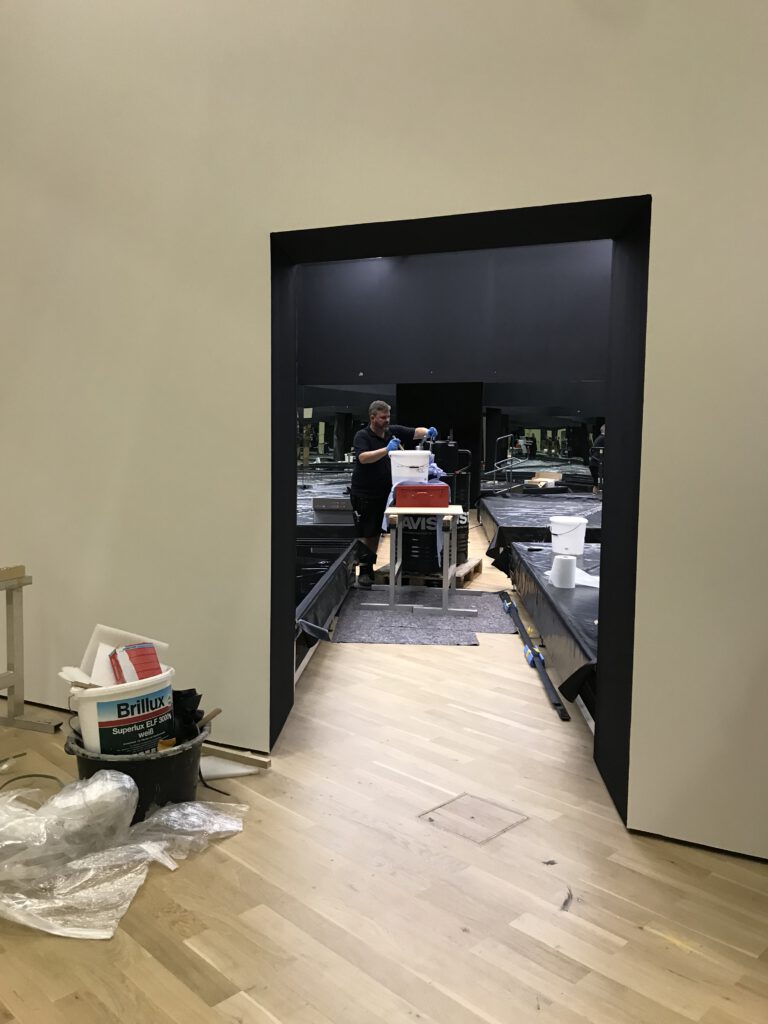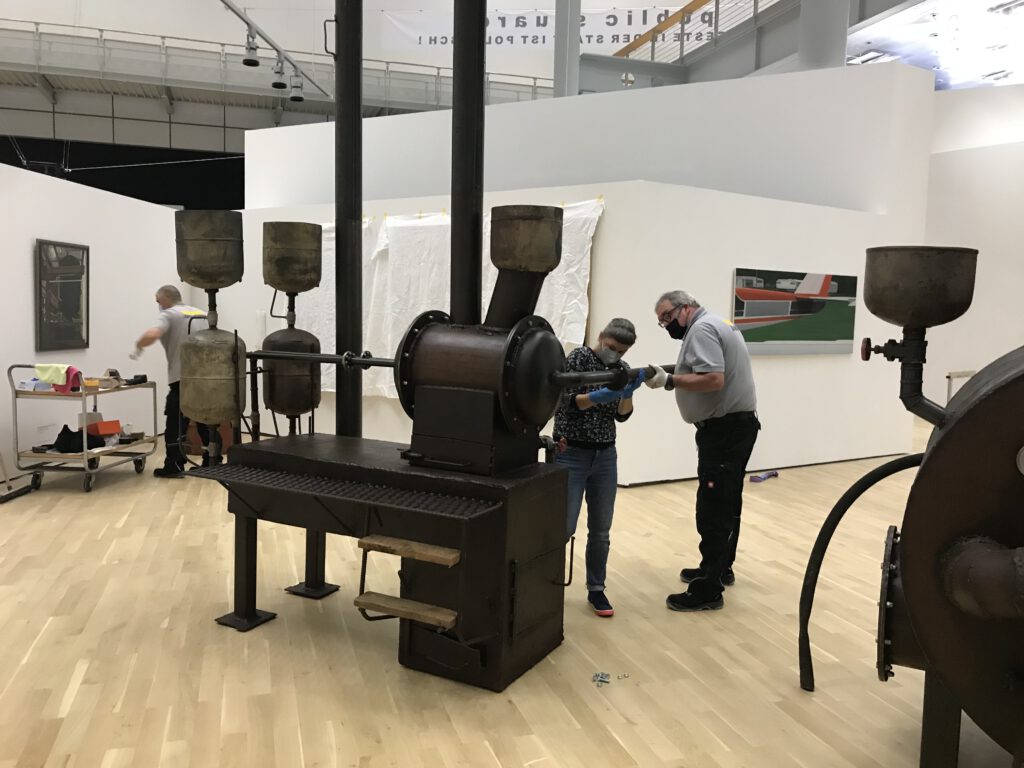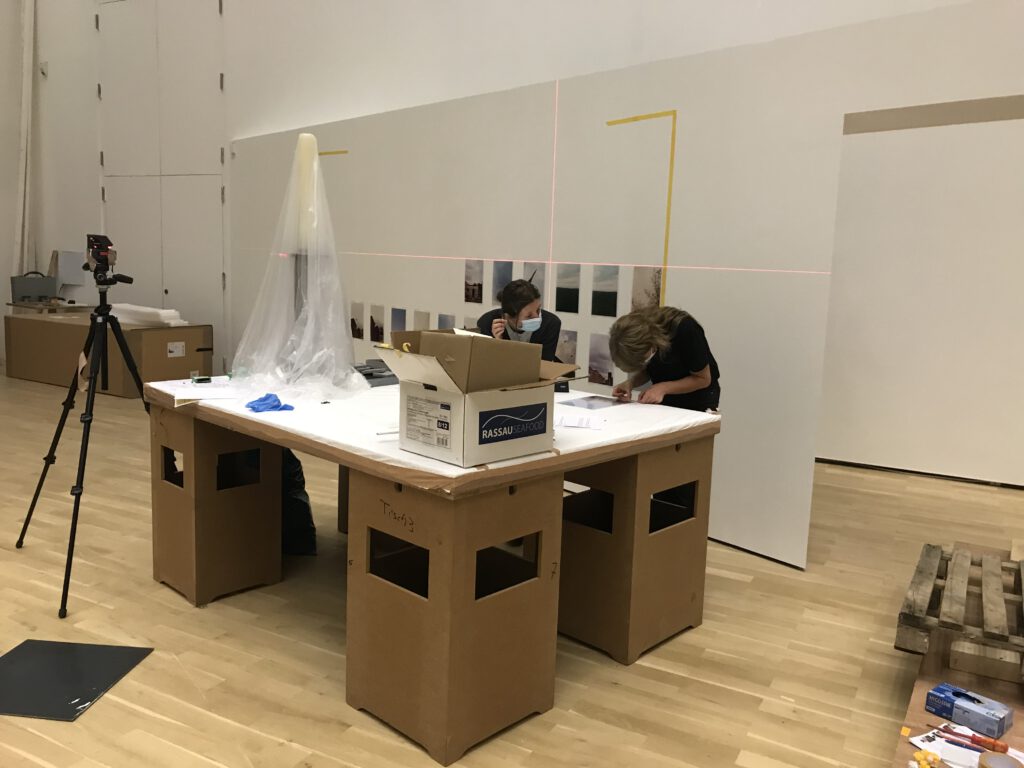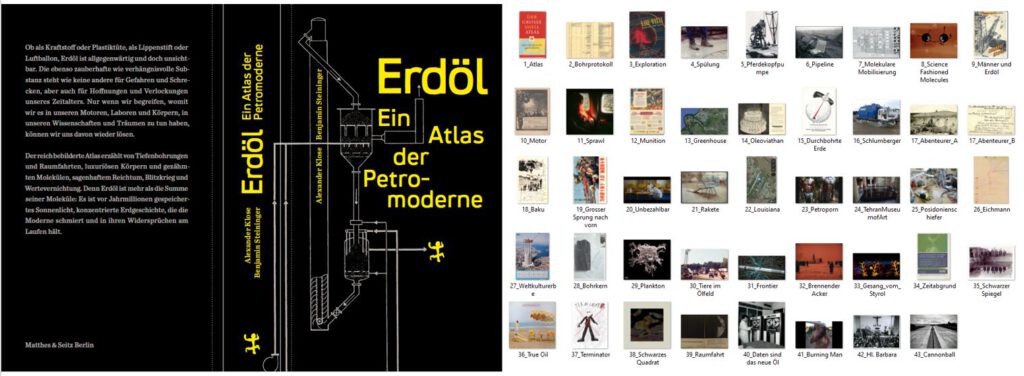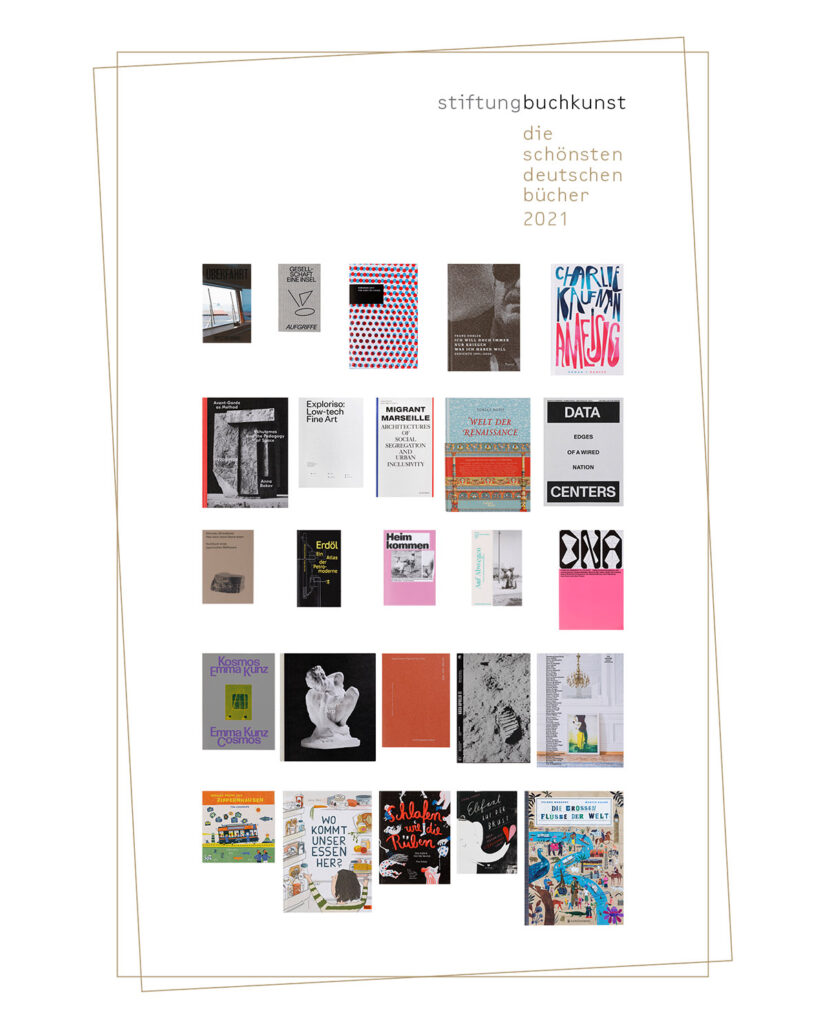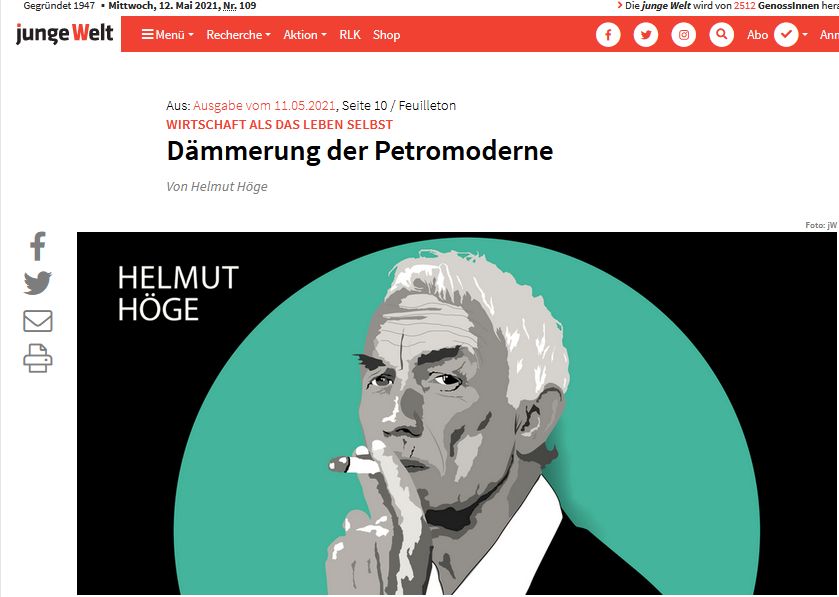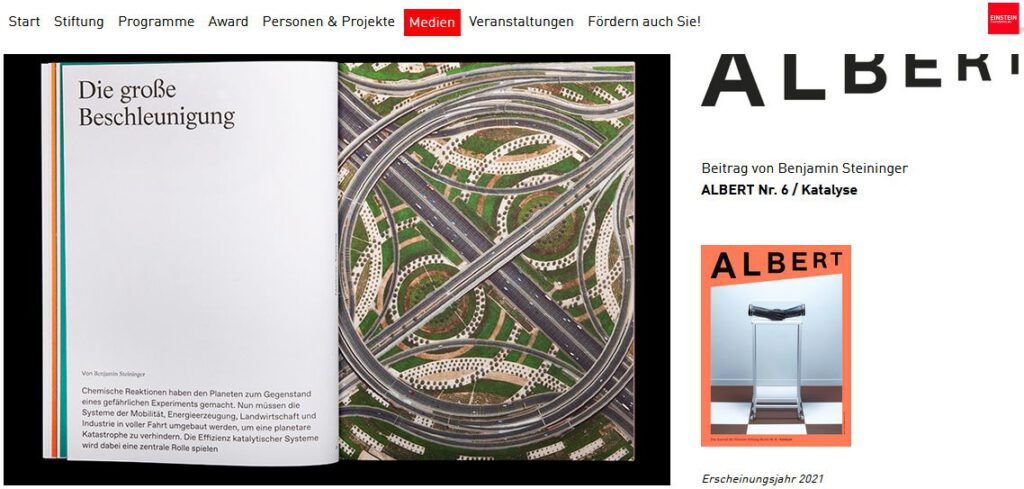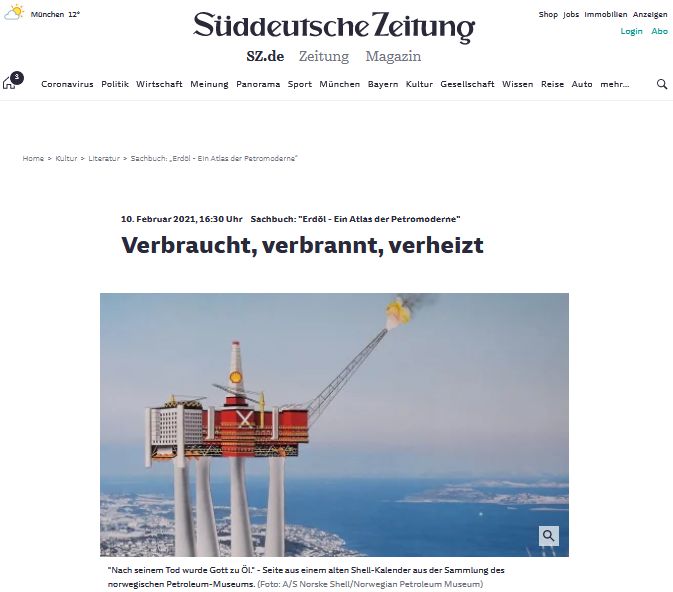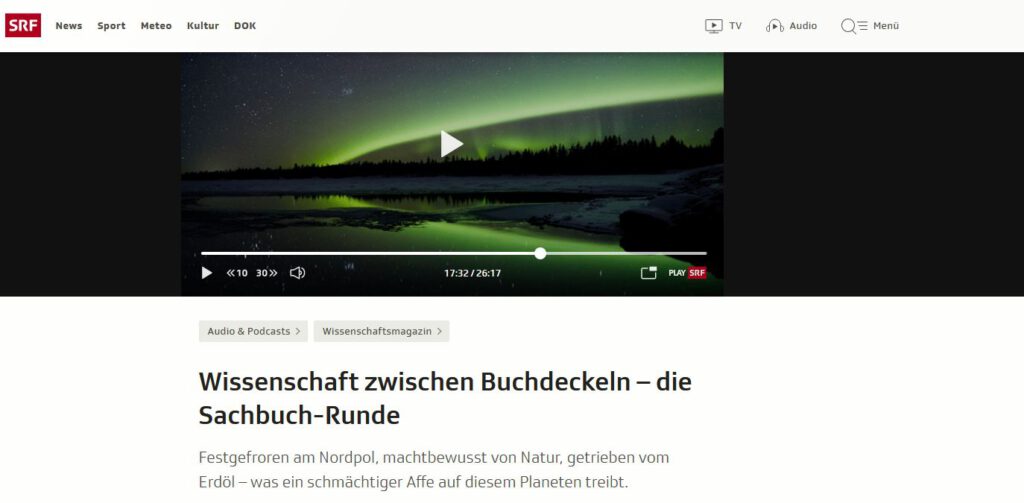Oil. Schönheit und Schrecken des Erdölzeitalters, hrsg. von Andreas Beitin, Alexander Klose & Benjamin Steininger, Köln: Walther König 2021. (deutsche Ausgabe)
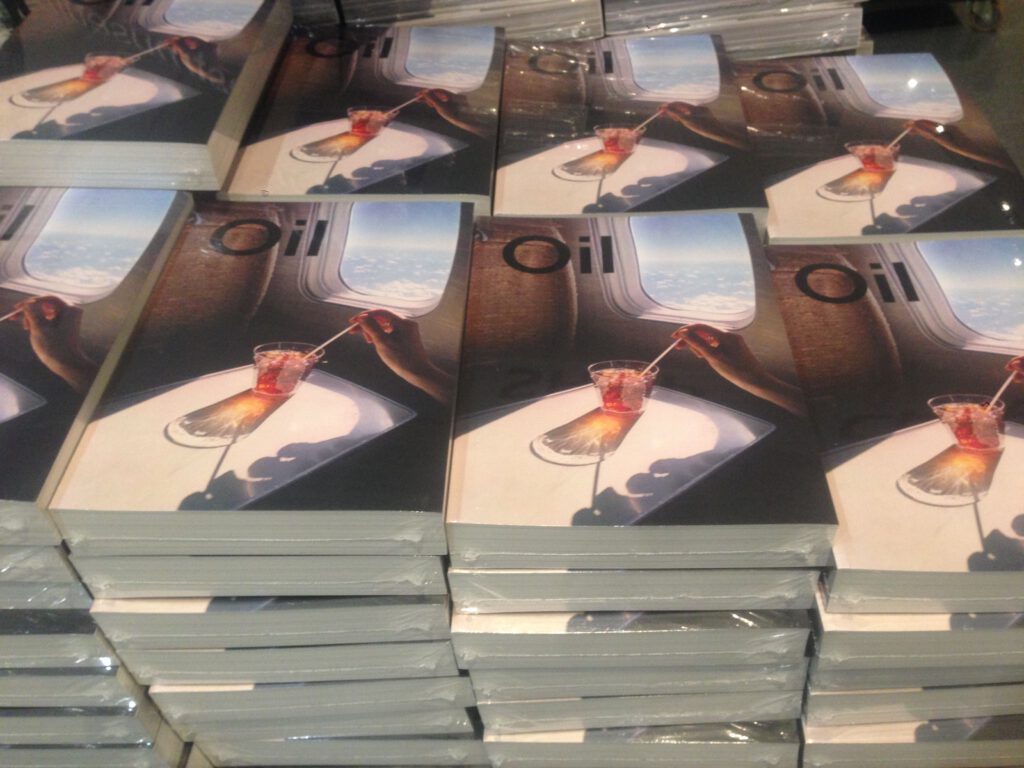
Das Buch fungiert einerseits als Katalog, aber auch als bleibender Beitrag zur Petrokulturforschung mit weit mehr als den in der Ausstellung befindlichen Werken und Forschungsbeiträgen internationaler Expert*innen, deutsche und englische Ausgabe, je 400 Seiten, ca. 450 Abbildungen, Gestaltung Jan Kiesswetter, mit einem Vorwort von Andreas Beitin, einer Einleitung von Alexander Klose und Benjamin Steininger und Texten von Akintunde Akinleye, Leila Alieva, Dominic Boyer, Jan von Brevern, Heather Davis, Elena Engelbrechter, Christoph Engemann, Timothy Furstnau, Eckhart Gillen, Rüdiger Graf, Helmut Höge, Bernhard Hopfengärtner, Isabel J. Piniella Grillet, Karen Pinkus, Christian Schwarke, Suwarno Wisetrotomo und Susanne Witzgall), 39 EUR im Museumsshop und auf kunstmuseum.de
The book operates as a catalogue, but at the same time is meant to be a lasting contribution to petrocultural research with a lot more than the artistic works shown in the exhibition and essays by international experts, German and English edition, each 400 pages, approx. 450 illustrations, design by Jan Kiesswetter, with a foreword by Andreas Beitin, an introduction by Alexander Klose and Benjamin Steininger, and texts by Akintunde Akinleye, Leila Alieva, Dominic Boyer, Jan von Brevern, Heather Davis, Elena Engelbrechter, Christoph Engemann, Timothy Furstnau, Eckhart Gillen, Rüdiger Graf, Helmut Höge, Bernd Hopfengärtner, Isabel Piniella, Karen Pinkus, Christian Schwarke, Suwarno Wisetrotomo, and Susanne Witzgall, 39 EUR at Kunstmuseum Wolfsburg and at kunstmuseum.de.
